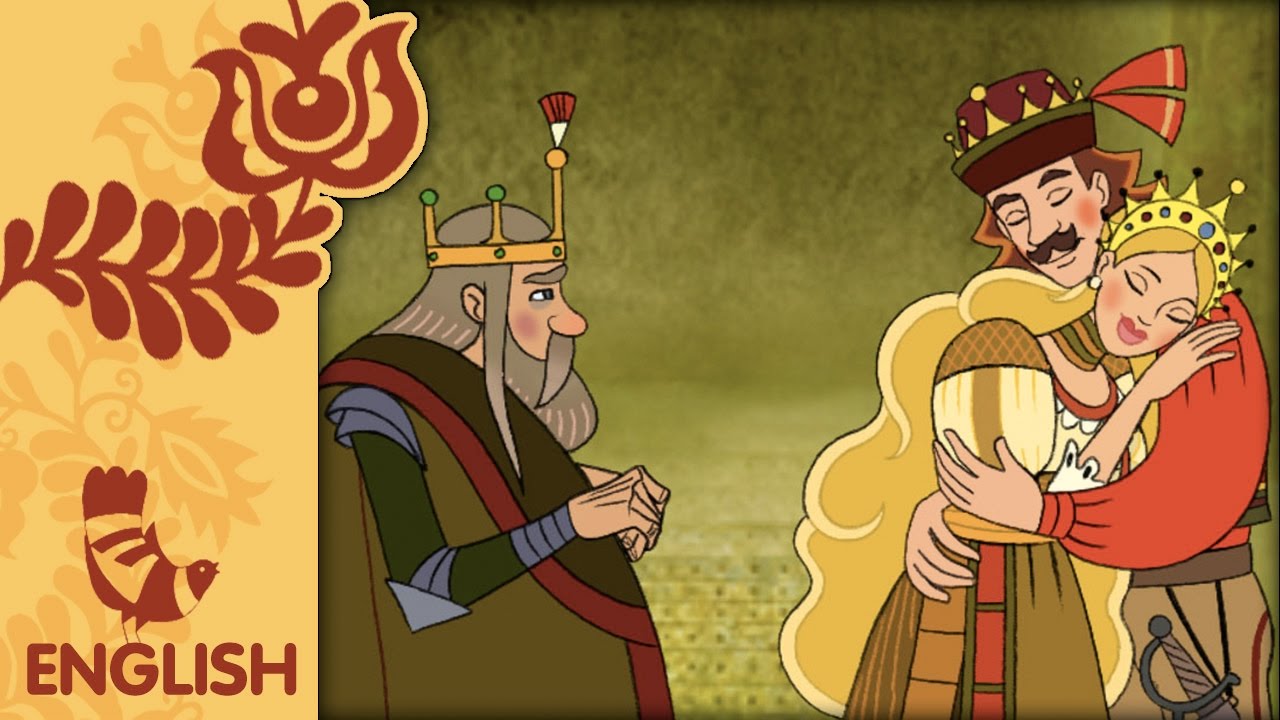Did you know? There are fans of the Hungarian folk tale series all over the world
For us Hungarians, folk tales were part of our childhood. They made the early years of more than one generation funny and happy.
Every country has their traditional folk tales. Some are more focused on the geography and the landscape, while others present animals and focus on their relationship with people. Our nation’s authentic stories and tales are dear to our hearts but discovering how other people were brought up and what tales coloured their childhood is an exciting experience.
Get to know autumn folk traditions in Hungary
Does it surprise you if we say that Hungarian folk tales are prevalent in several far-away corners of the world? These stories are all
part of a television series of eight seasons created between 1977 and 2011.
They are the most important production of Pannónia Filmstúdió’s studio in Kecskemét, highlights Helló Magyar.
The main aim to create this Hungaricum was to preserve the intellectual and spiritual treasure of Hungarian folklore for future generations, whose lives will centre around the modern gadgets of their times. They wanted to create an easily understandable depiction of their country’s history and culture. That is why the creators used original folk tales and not their adaptations.
When bringing to life the animated episodes, creators wanted to preserve the archaic beauty of the Hungarian language. Of course, they needed someone whose voice would stand out, that anyone would instantly recognise. That is how Gyula Szabó became the storytelling father of tens or maybe hundreds of thousands of children.

source: Youtube
Music, noises, and all sounds played had particular importance to give the complete experience. In almost all episodes,
not only the sweet melodies and songs, but even the tiniest noises were produced by a popular children band, Kaláka.
These features give the series a kind of modernity by building on the authentic Hungarian tales spread in the children’s bedrooms at bedtime and on the porches in the afternoon by the village elderly.
The typical characteristics of the landscape, where the story is happening, were central elements in the episodes, together with the traditional costumes of the people from different parts of Hungary. Painted cupboards, furniture, folk weaves, materials, and all background elements presented a specific region of the country.
The sweet and unmistakable theme song of the series was inspired by the first line of a well-known poem of one of Hungary’s most important poets, János Arany. The sentence refers to how these tales spread and stayed alive as time passed.
Hungarian folk tales have had quite an international career as they were screened in almost 40 countries.
Ferenc Mikulás, the mastermind behind the series and director of the studio, told növekedés.hu that starting from the 1980s, there was a considerable request for the tales from many countries. Not only from Europe but also from the United States, Asia, Australia, and even Africa.
Zimbabwe signed the first distribution contract in 1982.
Japan, New Zealand, and China followed. The latter even set a studio record with 48 contracts signed. Iran bought five seasons, while India obtained the rights for eight.
The series debuted 42 years ago in Denmark, where it is still very much loved. Nevertheless, South Korea is the absolute winner, as people are still, until today, able to watch the series on television, in the cinema and even on DVD.
Not surprisingly, the internet brought another breakthrough when the episodes were translated to English. Currently, the Hungarian folk tales were watched over 136 million times on the internet in 170 countries.
If you have not seen any of the lovely episodes, you need to catch up on YouTube, either in English or Hungarian.
Meanwhile, here is a lovely episode in Hungarian.

Read alsoWorld-famous series with Hungarian scenes — VIDEOS, PHOTOS
Source: hellomagyar.hu, novekedes.hu
please make a donation here
Hot news
Foreign workers at Wolt Hungary: courier and restaurant manager chime in – and they are not happy
Hungarian FM Szijjártó: We won two battles in Brussels
Bizarre developments: Orbán cabinet now targets rainbow-coloured items!
Hungarian defence minister: Most important thing is peace
Huge honour: 3 Budapest hotels in Europe top 10!
Traffic changes in Budapest due to political protest on Friday and Saturday




